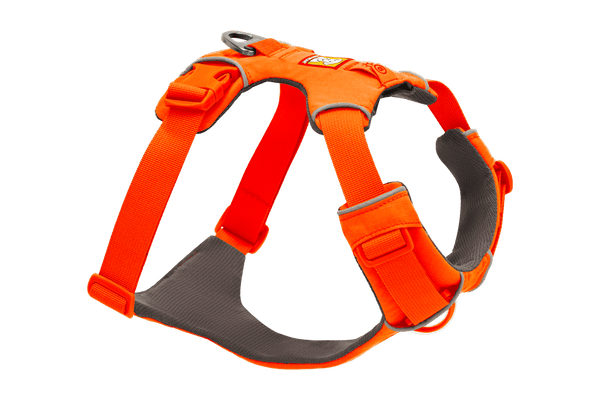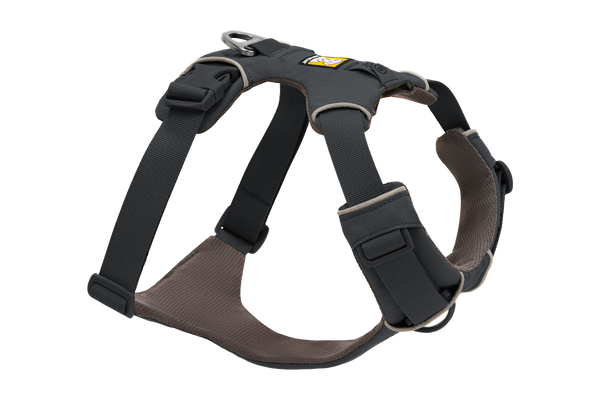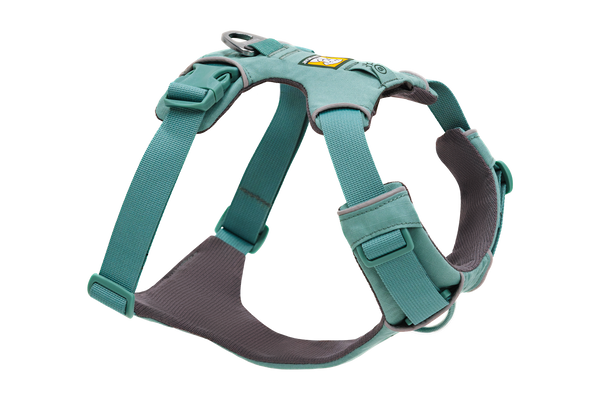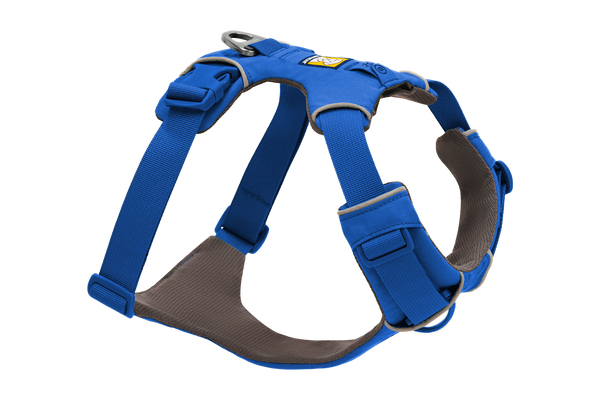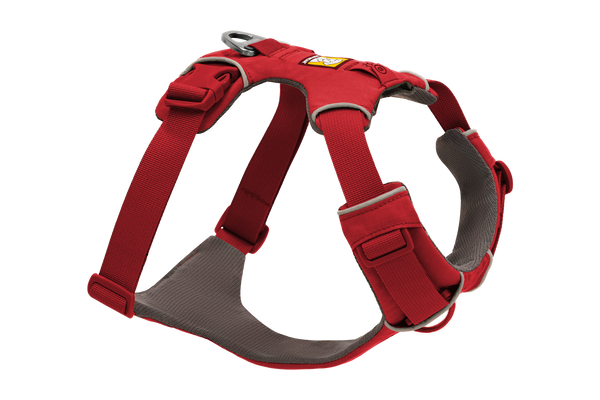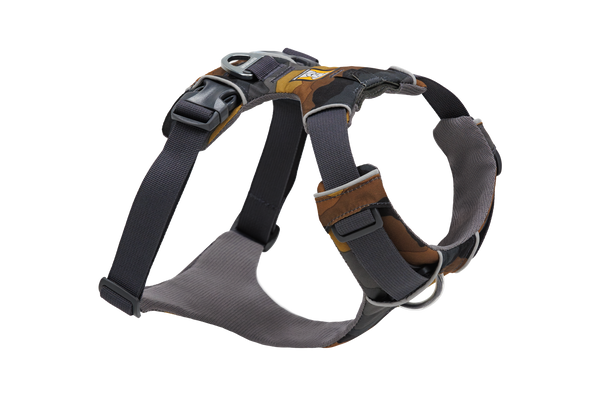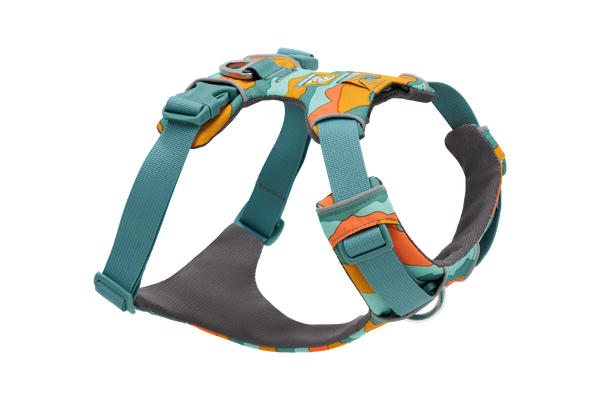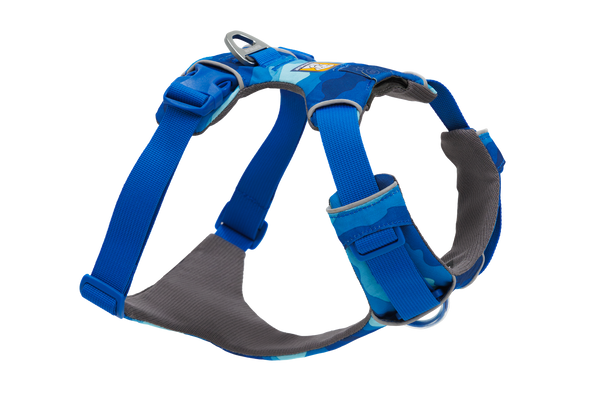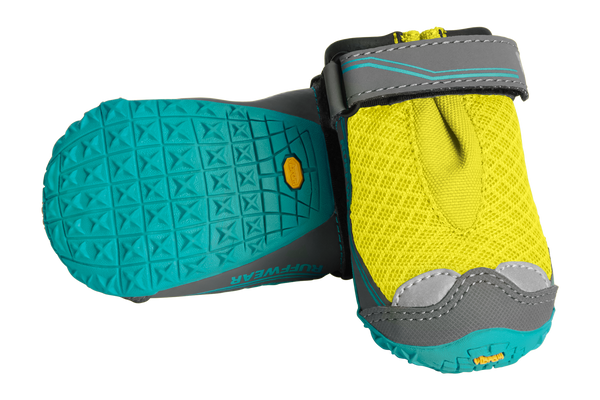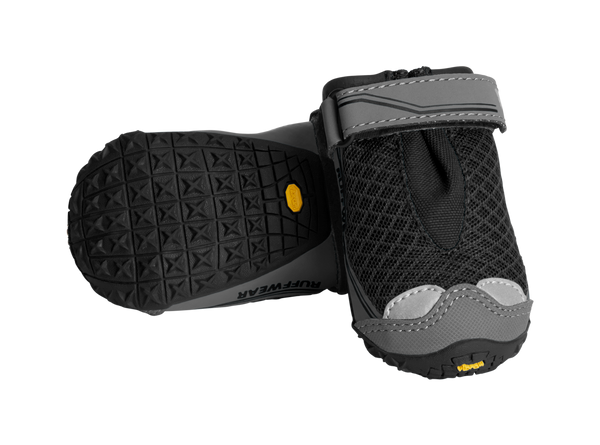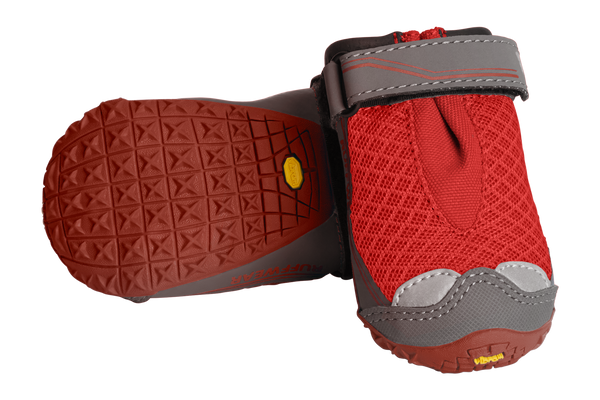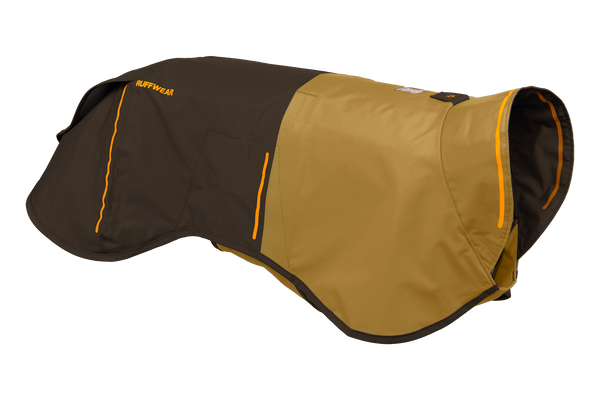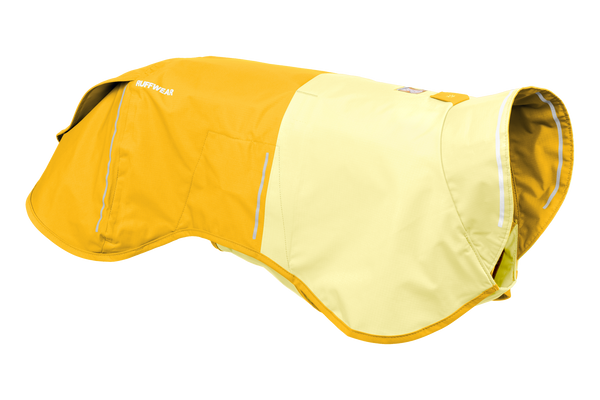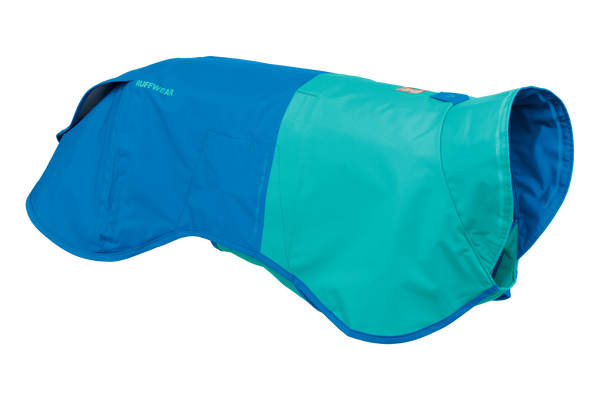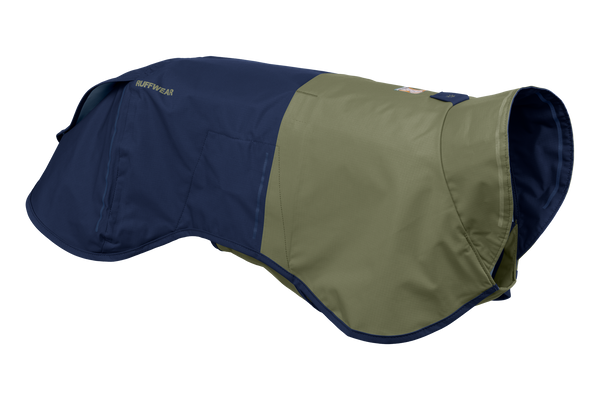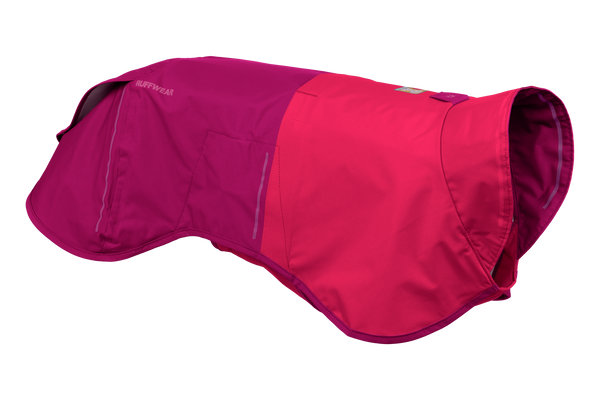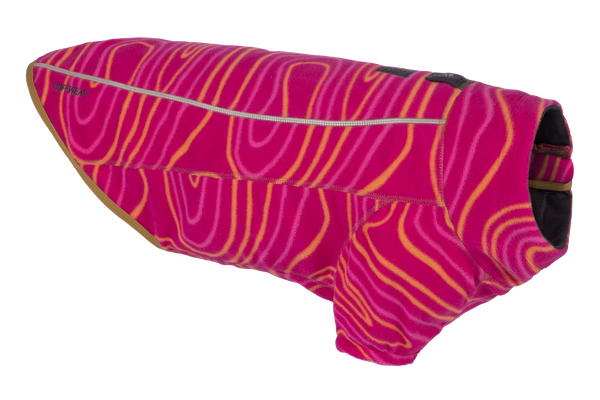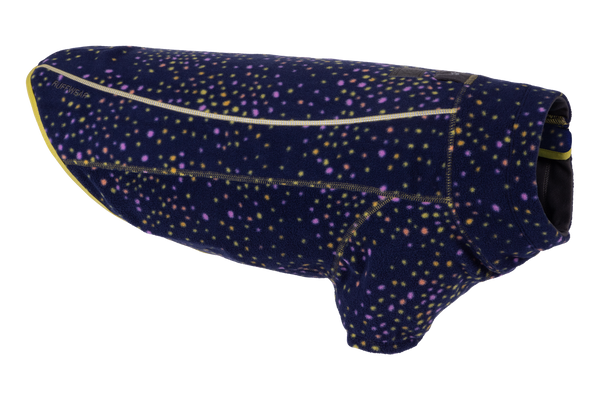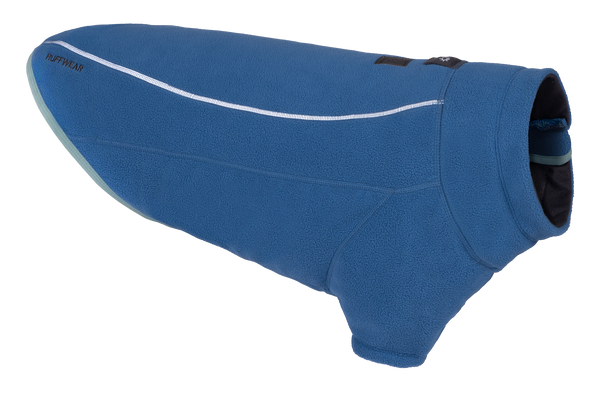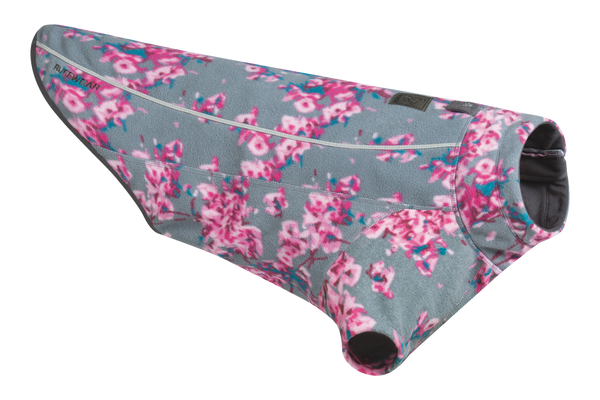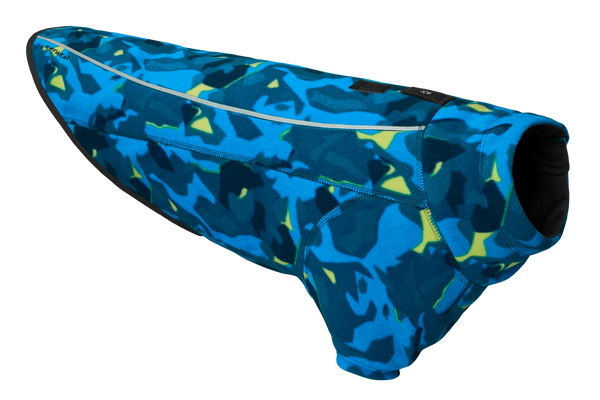An Interview With Conservation Canines' Lead Dog Trainer
Ruffwear has been working with the Conservation Canines since 2008 and the more we get to know both the people and dogs who make up the organization, as well as the work that they accomplish, the more we are proud to call them a partner and ambassador. We recently got a chance to catch up with Heath in between trips to the field to ask him a few questions about the program, the dogs involved and the work they are doing. We hope you enjoy his words as much as we enjoy working with them.
Ruffwear: When was Conservation Canines formed?
Heath: Conservation Canines was the brain-child of Dr. Samuel Wasser's in 1998. Sure dogs and humans had a long history of working together, from hunting to protecting, to herding, but had they ever been utilized as scientists to aid in conservation efforts? Dr. Wasser wanted to use dogs to help locate bear scats across the Canadian Rockies to better understand the distribution, population size and stressors on the grizzly and black bear populations.

Ruffwear: How did the concept of using canines to detect animal scat come about?
Heath: Dr. Wasser had done some incredible work with wild baboons in Africa to determine reproductive control by looking at fecal steroids. From this work he knew that scat contained a huge amount of information, analogous to us giving a blood sample at the doctor, but he also knew trying to collect scat from animals across vast geographic areas would be extremely time consuming and expensive. To increase sampling efficiency he contacted the WA Department of Corrections drug detection dog program and began collaborating with them training failed drug dogs to locate bear scat.
Ruffwear: What are you capable of achieving by working with dogs that you would not be able to achieve with humans only?
Heath: Working with the dogs allows us to quickly and efficiently cover vast amounts of wilderness. Can you imagine the time it would take to visually walk around and locate scats in the woods? We are able to take the dogs for a walk and find an unbiased representation of the animals that use that landscape, from one species to as many species as we are interested in studying. The dogs are able to find scats smaller than a grain of rice (from an endangered pocket mouse), a salamander buried in a log, a whale scat floating in the vast ocean, or even a frog hiding underwater. These are just a few of the extreme examples of how we can use a dog to locate species that would be extremely difficult for a human to locate.
"Training the dogs is pretty simple, it is training handlers where the real difficulty and time commitment comes into play"
Ruffwear: How long does it take to train a new recruit dog until they are ready to work in the field?
Heath: One of the first things we tell new handlers when they arrive for training is that every dog is different. We spend at least a month training each dog before they head to the field. During that time we make sure they learn the odor, can provide a strong response to the odor, develop a nice search pattern and learn to work with their handler. We get this question a lot and the funny thing is that training the dog is pretty simple, it is training handlers where the real difficulty and time commitment comes in to play.
Ruffwear: What are the key data points you are able to gather when studying the scat of an animal?
Heath: The easiest way to describe what we are able to get from an animal would be to compare it to us giving a doctor a blood sample. You know those results you get back from the doctor that tell you you've been eating bad, stressed, not exercising enough? Well we can get that same information from scat!
"...our real success stories are our dogs. We take in the dogs that everyone else has given up on."
As you can probably imagine we determine the animal’s location and diet from looking at the contents of the scat. This allows us to see what resources the animal needs to survive but also allows us to compare the diet with other individuals and see if that is the best diet.
For example, if we locate bear scat full of acorns and blueberries and find another scat full of plastic bags and trash from the local dump we are able to delve further into the picture and examine various hormones, immunoglobulins and toxins. We can then see how the resources in these different areas may affect stress, immune systems and overall health of the bears. As we collect scats across the landscape we begin to see the bigger picture of all the bears spread throughout the landscape and determine what environmental factors may be leading to lower productivity and illness in the population.

Ruffwear: After years of research, what are the primary environmental concerns or issues you see as important for us to act on?
Heath: Loss of habitat, poaching and pollution would be my top three. Around the world we are seeing an increased loss of habitat due to human encroachment, which then leads to more human/wildlife conflicts, as well as increased poaching. These three concerns affect not only populations but also entire ecosystems, which will ultimately affect human populations. Our goal is to study wildlife in areas of greatest change due to human activity and provide a detailed picture of what effect we are having, not only on the wildlife, but on ourselves as well.
Ruffwear: What have been some of the Conservation Canines' best successes over the years?
Heath: Wow, where to start? We are currently getting some really detailed information on killer whales off the coast of Washington with the incredible nose of Tucker, one of our Conservation Canines. The scat Tucker finds allows us to look at the effect of toxins in the food chain and their effect on the whale population. This data will help scientists determine the affects of the toxins as well as discover exactly which toxins are the culprits. We can then work backwards, find the source of the toxins and change how they are getting in the environment. If the whales aren't doing well and they are eating the same salmon humans eat, then that says something about the health of our oceans in general, not just about the orca whales.

We just had a team in New Mexico helping the Nature Conservancy locate an endangered salamander. Prior to using a dog, researchers had to physically look through rotten logs and debris to try and determine if salamanders were in the area, potentially destroying the very home these rare salamanders depend upon. We sent Sampson, one of our most "crazy" but lovable Labradors in to aid the search and we are able to quickly let The Nature Conservancy know areas that do and do not have salamanders without having to disturb the salamanders' habitat searching for them.
But our real success stories are our dogs. We take in the dogs that everyone else has given up on. They come from shelters, rescues and occasionally owners looking for a last ditch effort where their dog might be happy. A great example of a success story would be one of the scent detection dogs, Pips. Pips is an Australian Blue Heeler who was returned to a shelter in Arizona three times after being adopted before a rescue saved him from being euthanized. The rescue then did their best to adopt him to a loving home but kept having him returned due to his high energy level. They got in touch with our program and the rest has been history. Pips has been an amazing part of our program and has quite the fan base- from Haida Gwaii, where he was sniffing for elusive ermine, to California where he is aiding researchers in locating fisher habitat. All of our dogs share very similar stories in that they were just not cut out to be a pet and their extreme energy and desire to play was getting them into too much trouble. Luckily we know just what to do with that play drive here... play fetch!
"Working with the dogs allows us to quickly and efficiently cover vast amounts of wilderness."
The Conservation Canines is a non-profit conservation group that Ruffwear has selected for our Ambassador Program because of the amazing work that their dogs perform around the world, season after season. With their human researchers/handlers, the dogs perform non-invasive studies that provide research data for the protection and conservation of various threatened or endangered wildlife . The dogs accomplish this by leveraging their highly-developed sense of smell to detect the scat (feces) of the animals they are researching. By collecting the scat, researchers are able to gather important data without having to get close to their subjects, which can cause greater anxiety and environmental stress on the wildlife. The data obtained from the scat includes key genetic, physiological and dietary information. For more information or to find ways to support the Conservation Canines, click HERE.
